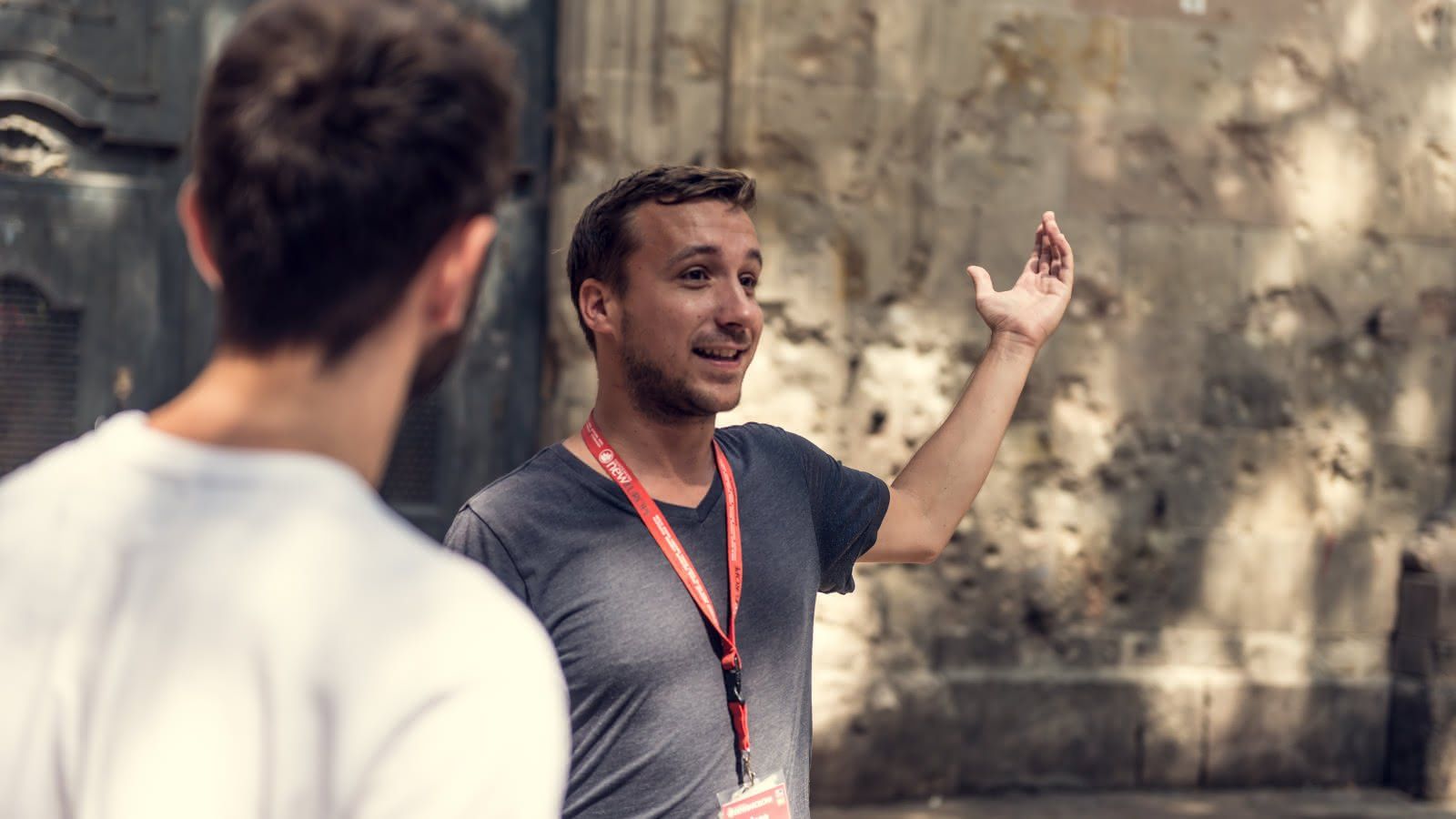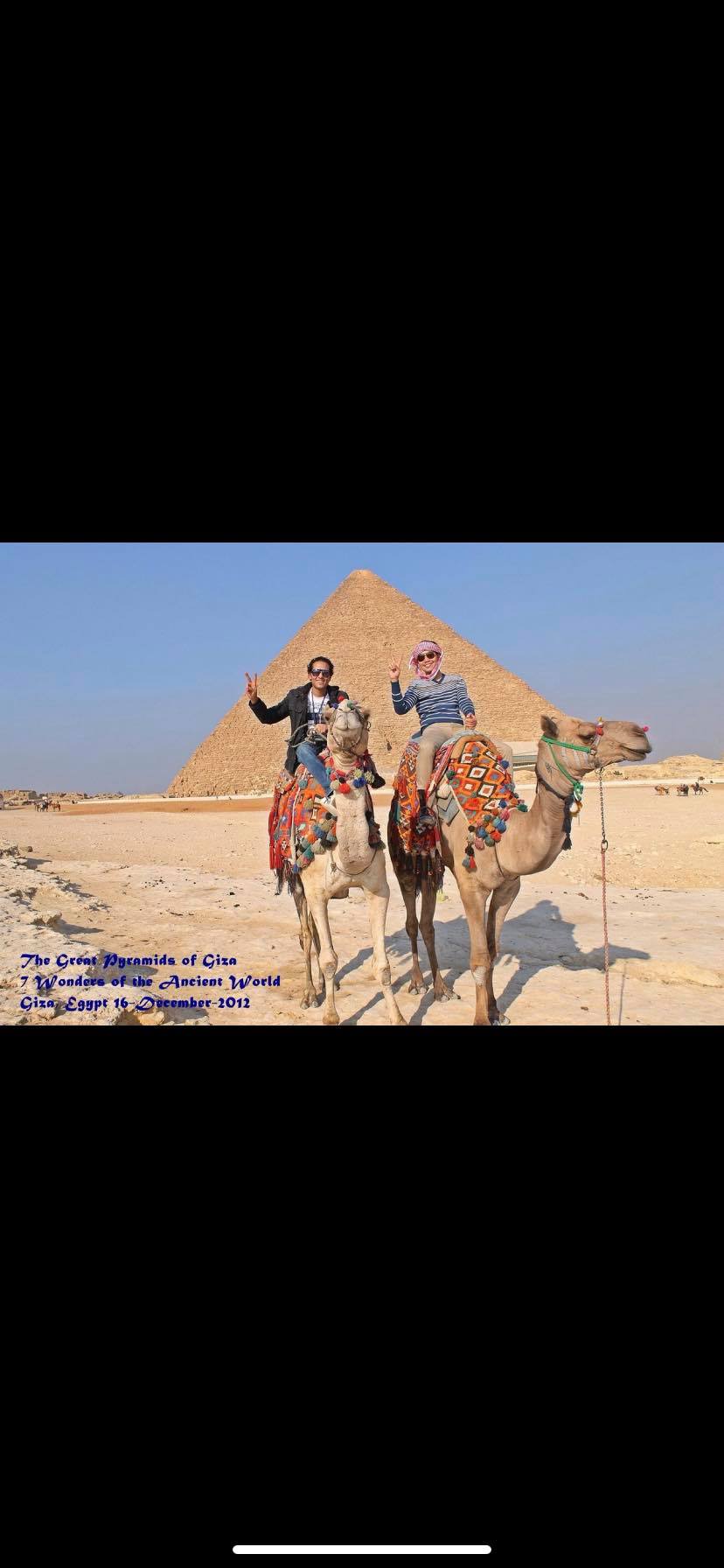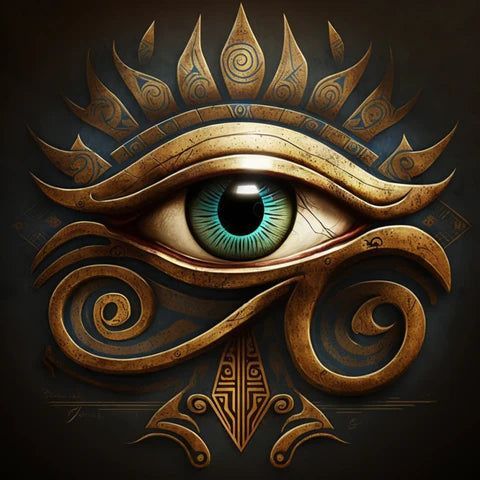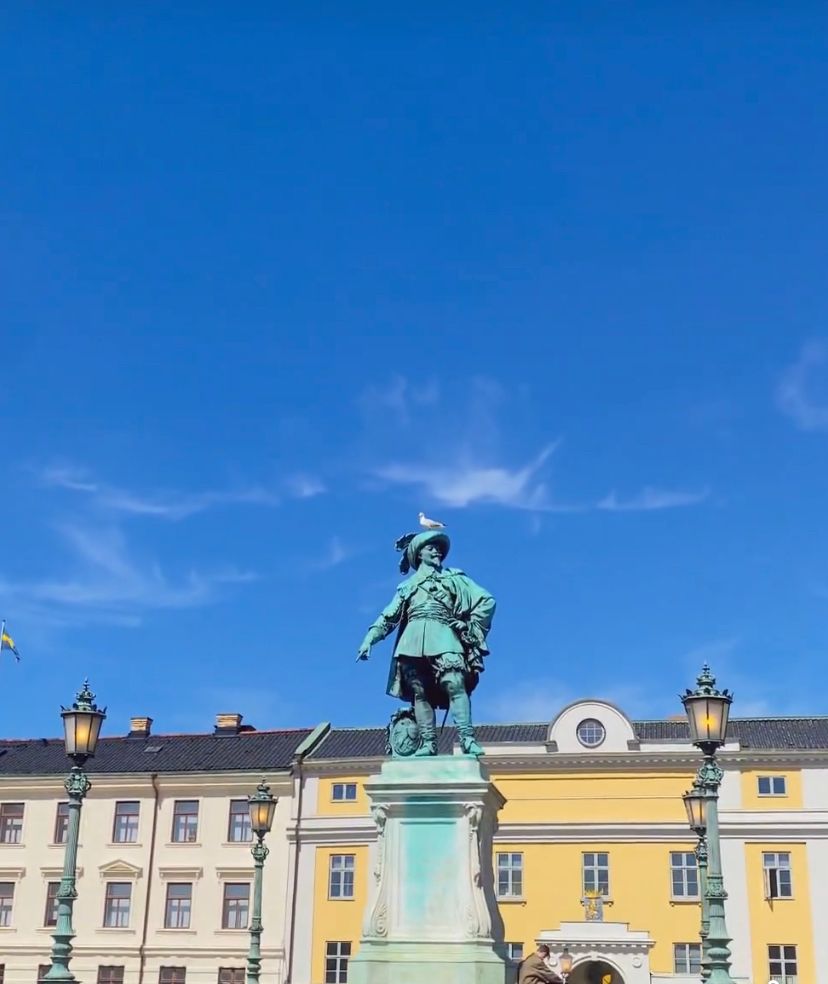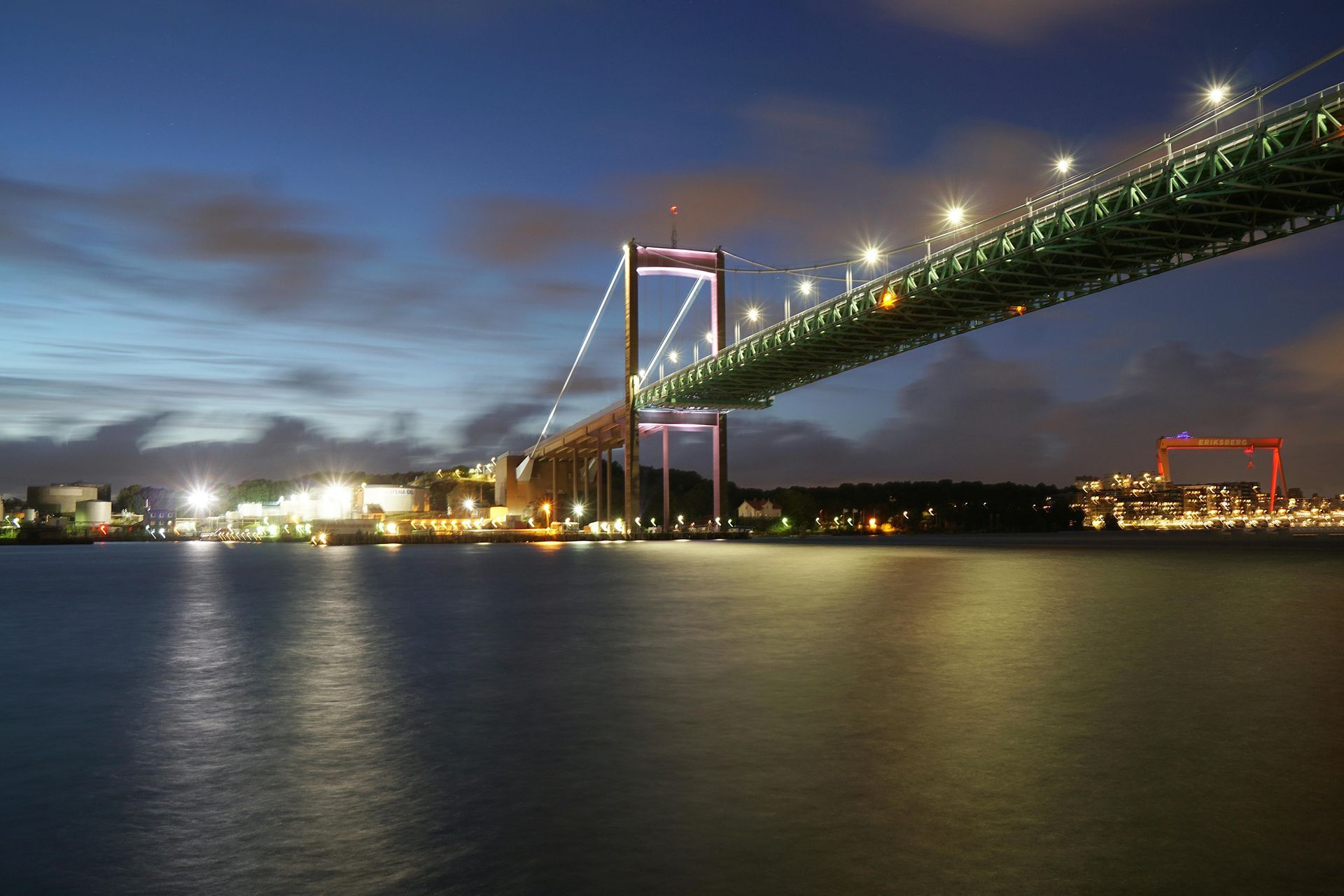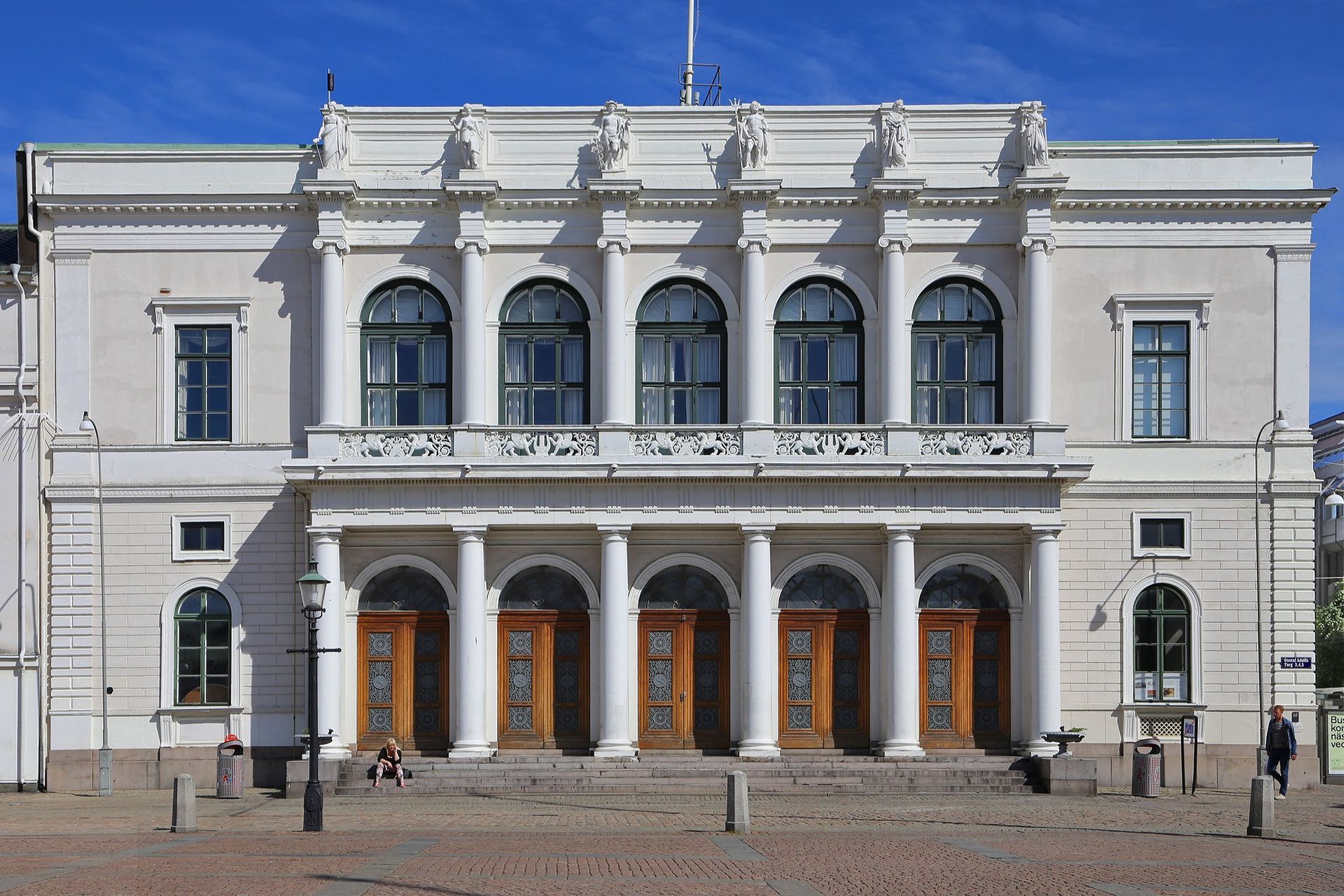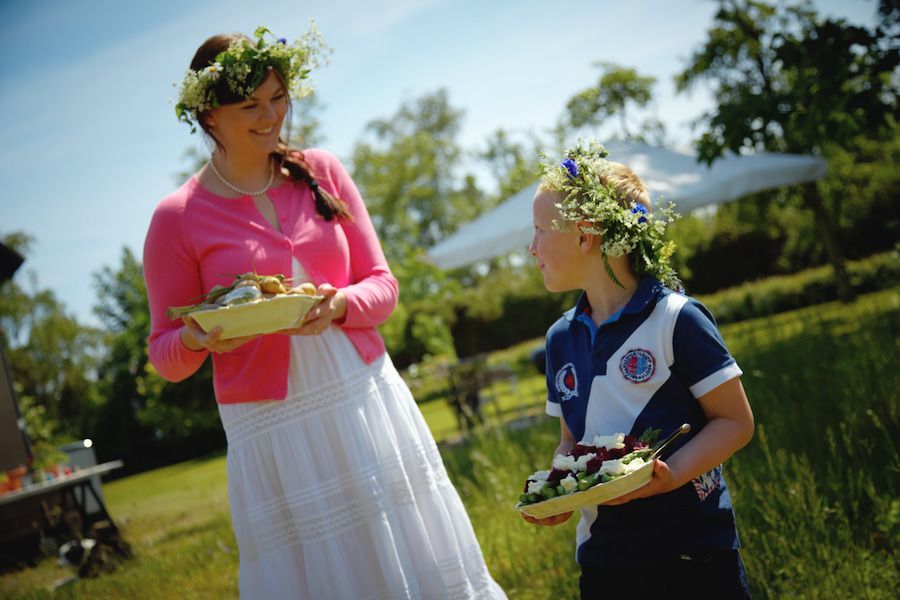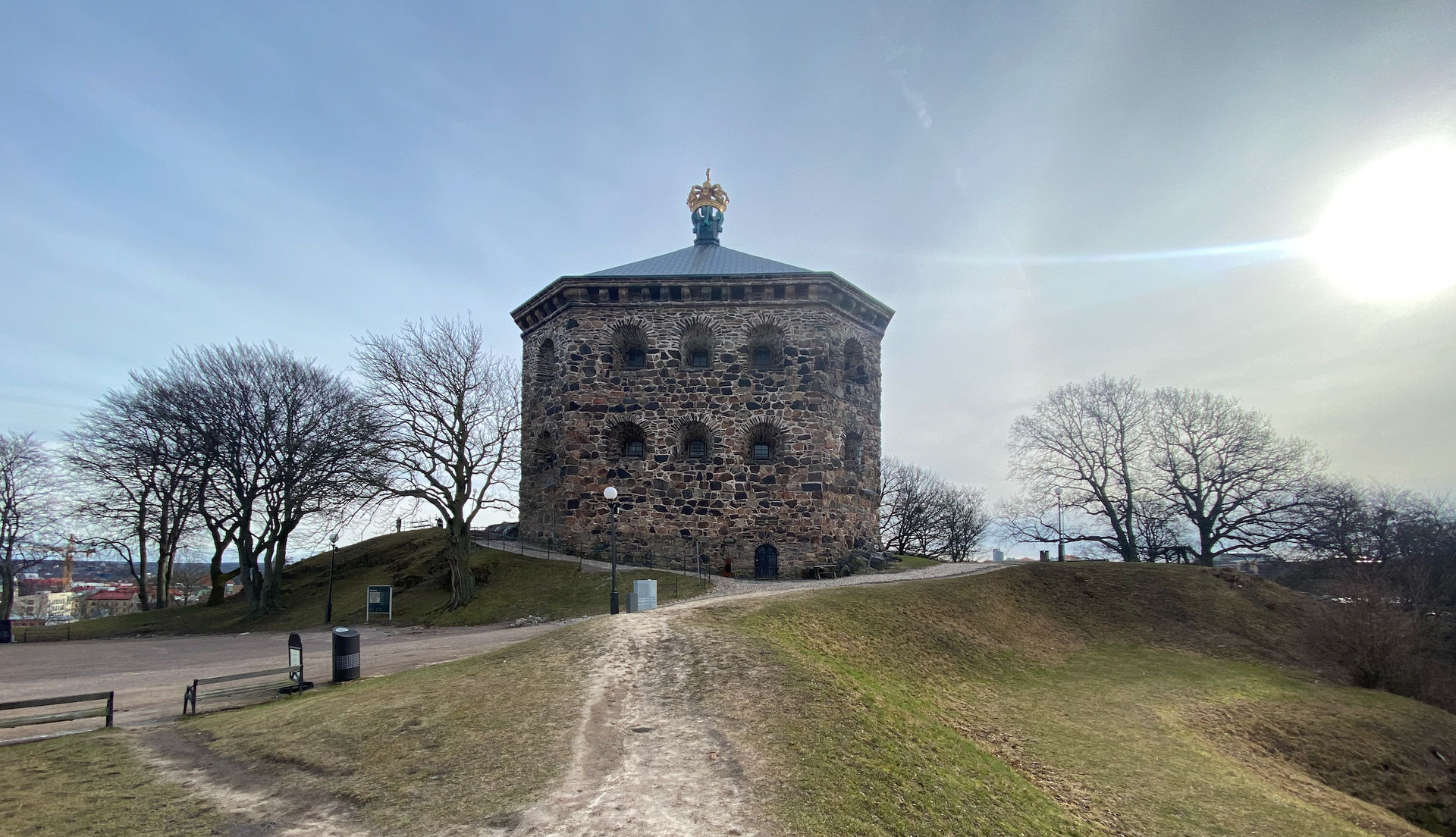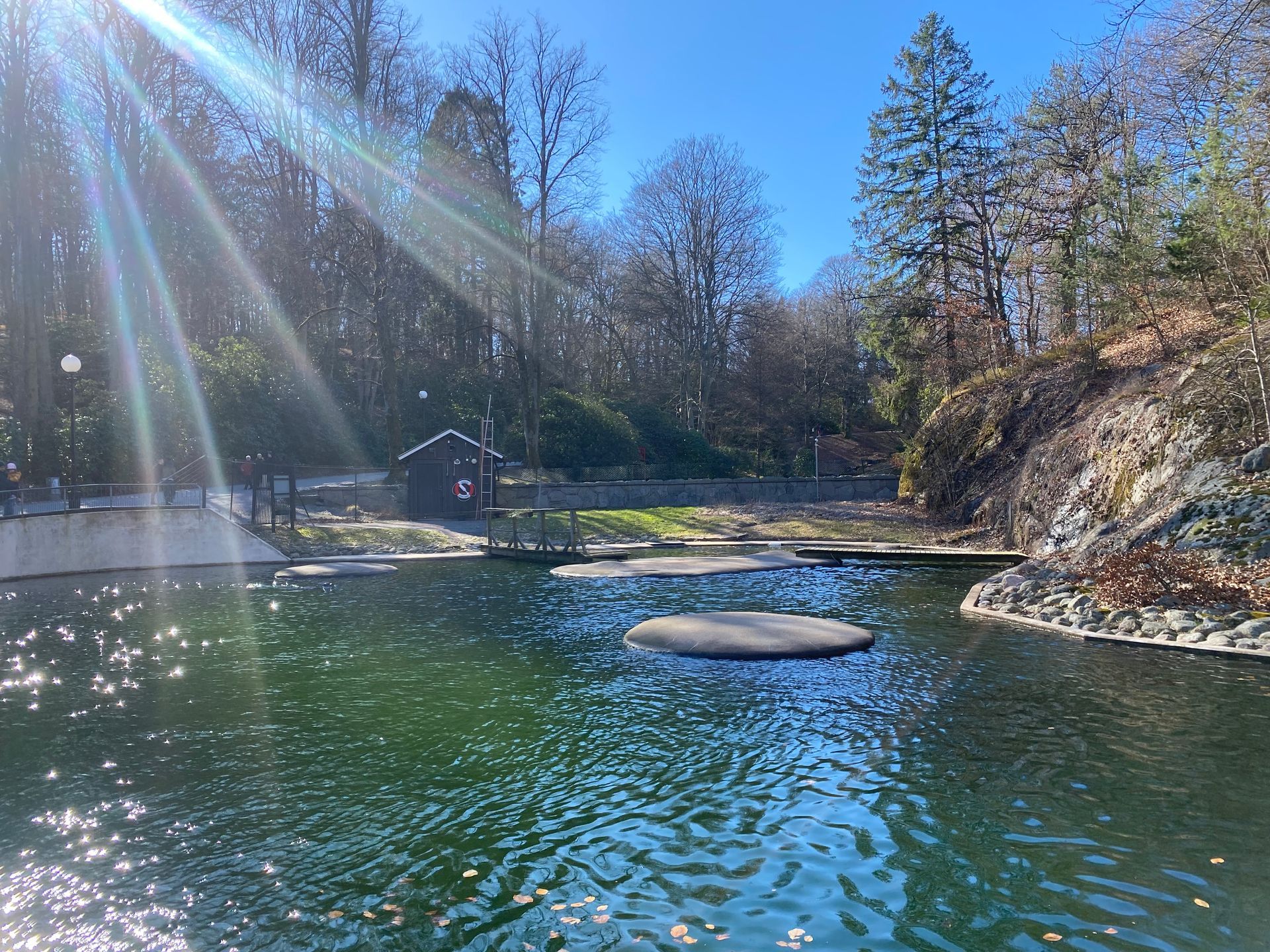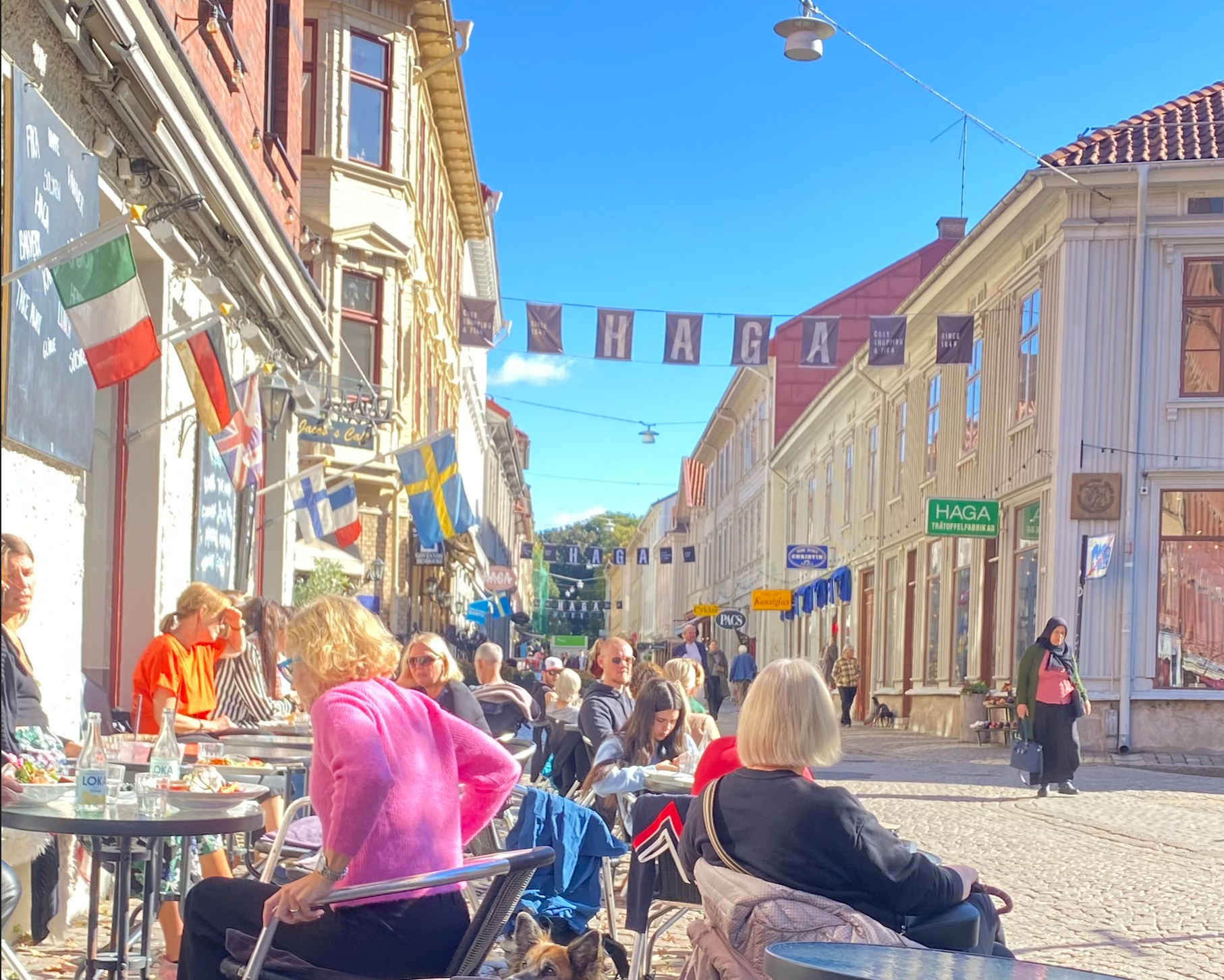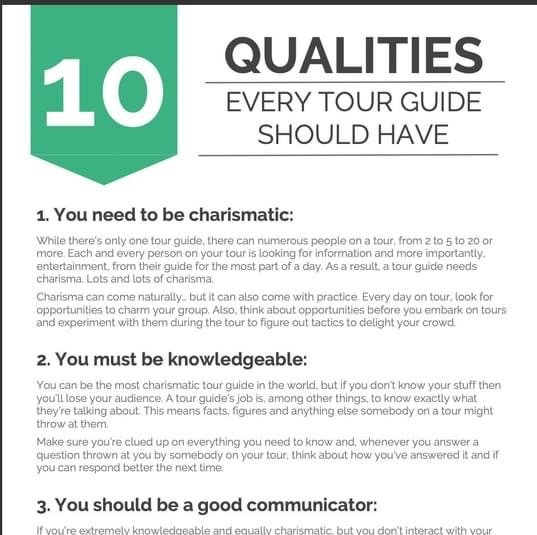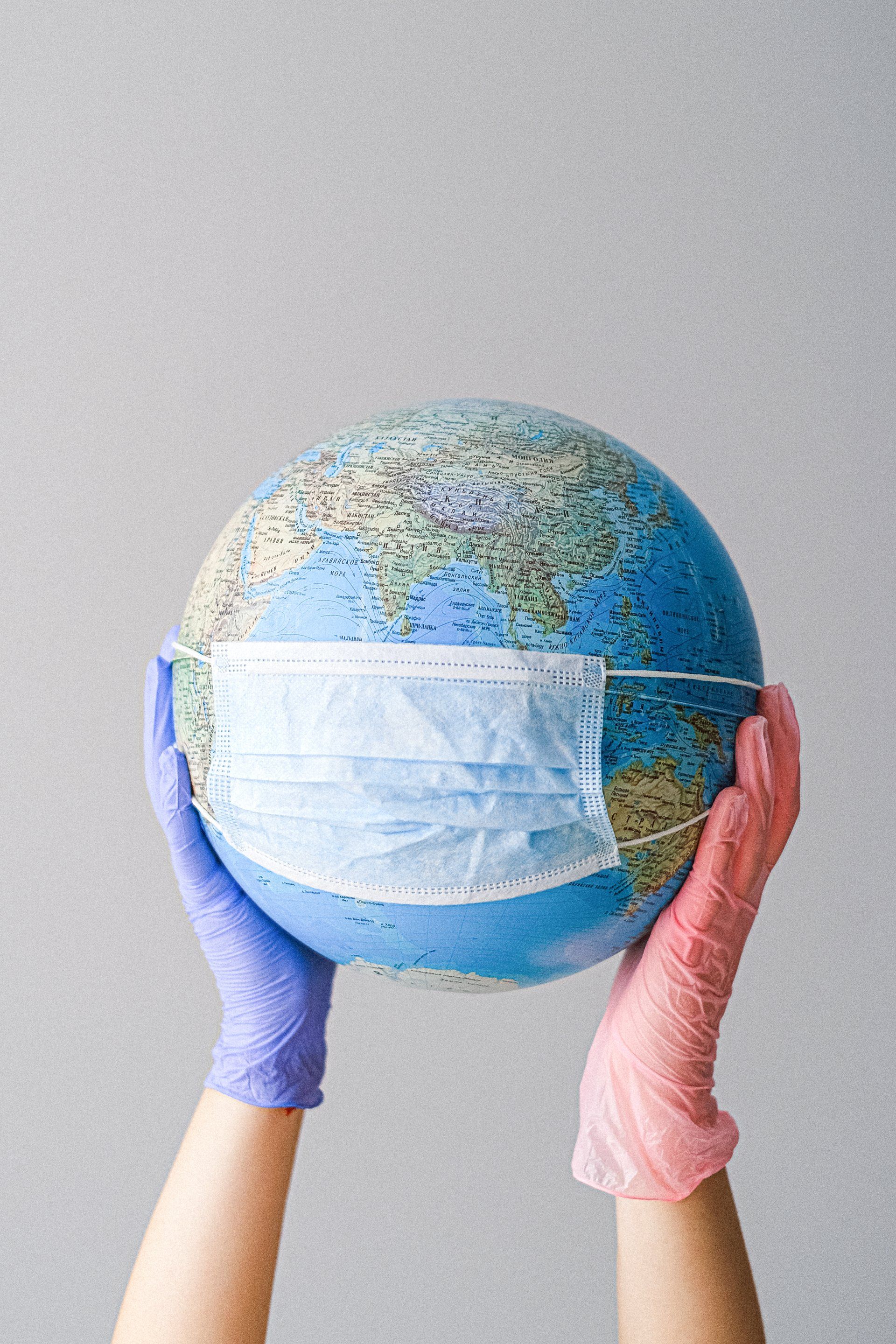Swedish Culture: Traditions, Values, and Way of Life

Swedish Culture: Traditions and Values
Sweden has a rich and unique cultural heritage, deeply rooted in its history, traditions, and values. Below are some key aspects of Swedish culture:
- Fika: A cherished Swedish tradition, fika is a coffee break that involves drinking coffee, tea, or hot chocolate, and enjoying a sweet pastry or cake. It’s not just about the drink and food; fika is a social ritual that offers a moment to pause, relax, and connect with others, whether with family, friends, or colleagues.
- Midsummer: Midsummer is a beloved Swedish celebration of the summer solstice, usually held on the closest Friday or Saturday to June 21st. It’s marked by dancing around a maypole, enjoying traditional Swedish food like herring and new potatoes, and drinking schnapps. It’s a joyous occasion filled with music, festivities, and a deep connection to the Swedish summer.
- Sauna: Saunas play a significant role in Swedish culture and are found in private homes, apartment buildings, and public swimming pools. Used particularly in the winter, saunas are a space for relaxation, detoxification, and rejuvenation—an integral part of Swedish wellness practices.
- Lagom: A core Swedish value, lagom translates roughly to "just the right amount." It reflects a cultural focus on moderation, balance, and equality in all aspects of life—whether in work, consumption, or social interaction. It encourages living in harmony with both yourself and the world around you.
- Lucia: The Lucia festival, celebrated on December 13th, honors Saint Lucia and is a symbolic celebration of light during Sweden's long, dark winters. Girls dressed in white robes and candles carry light through a procession, often accompanied by traditional songs and the sweet scent of lussekatter, saffron buns.
- Nature: Sweden’s stunning natural landscapes are central to the Swedish way of life. Outdoor activities such as hiking, skiing, fishing, and camping are hugely popular. Sweden’s Allemansrätten, or "Right of Public Access," allows everyone the right to roam freely through the countryside, reflecting the deep connection Swedes have with nature.
- Social Welfare: Sweden’s strong social welfare system is a defining feature of its society. With universal healthcare, free education, and robust social security, the Swedish welfare system is rooted in values of equality, fairness, and collective responsibility, ensuring a high quality of life for all citizens.
In summary, Swedish culture is built on principles of community, balance, equality, and respect for nature. These values influence every aspect of Swedish life, from social interactions to celebrations, and continue to shape Sweden as a modern and forward-thinking society.
''Related Tours'' Book Now
-
Gothenburg Boat TourList Item 1
Boat Tour: Experience Gothenburg from the water on a scenic boat tour along the Göta Älv River and harbor. See the most famous landmarks while enjoying beautiful views of the river and surrounding areas.
-
Gothenburg Bike TourList Item 2
Bike Tour: Hop on a bike and explore Gothenburg’s beautiful streets, parks, and canals. Our bike tour takes you through the city's top landmarks, offering both a relaxing and eco-friendly way to see the sights.
-
Gothenburg Walking TourList Item 3
Enjoy a leisurely walking tour through Gothenburg’s historic neighborhoods, including the charming Haga district and scenic Kungsportsavenyn street. Learn about the city's history and culture from our expert guide.
-
Gothenburg Scooter TourList Item 4
Scooter Tour: Zoom around Gothenburg on an electric scooter and discover hidden gems and iconic spots at your own pace. This fast and fun tour is perfect for those who want to see more in less time.
Guiding Training & Insights


